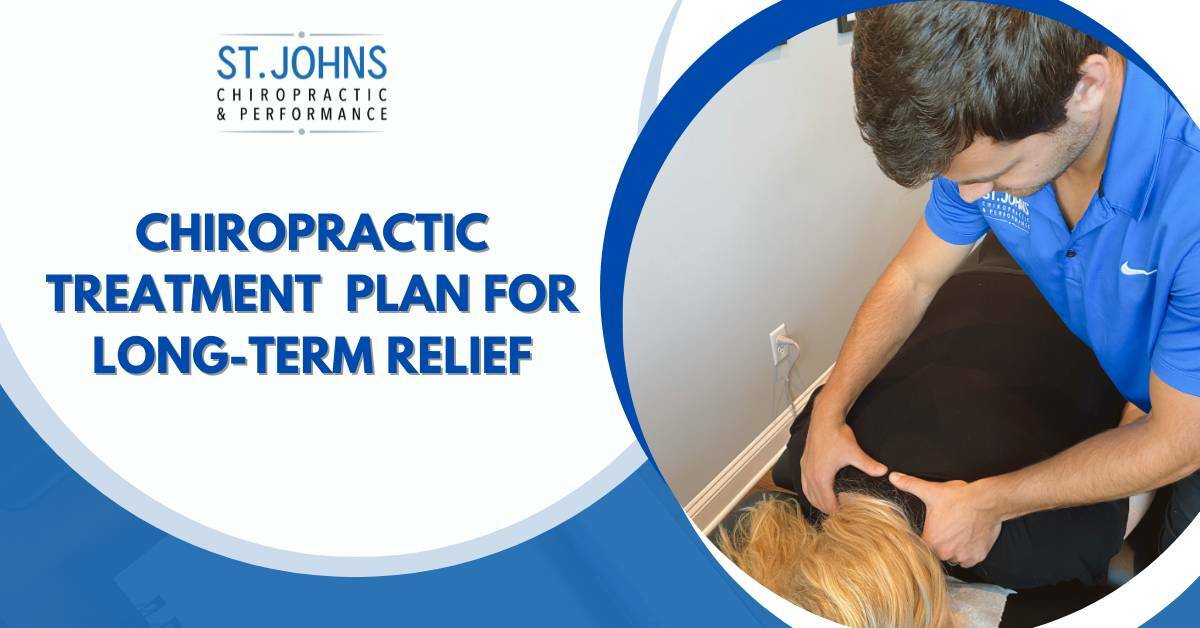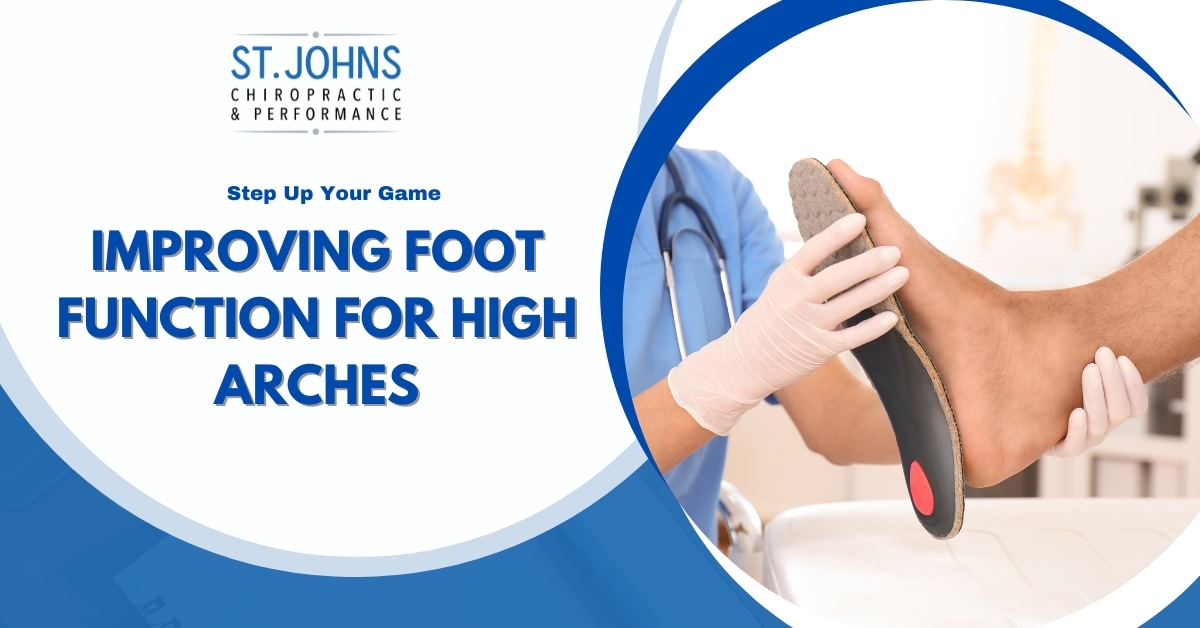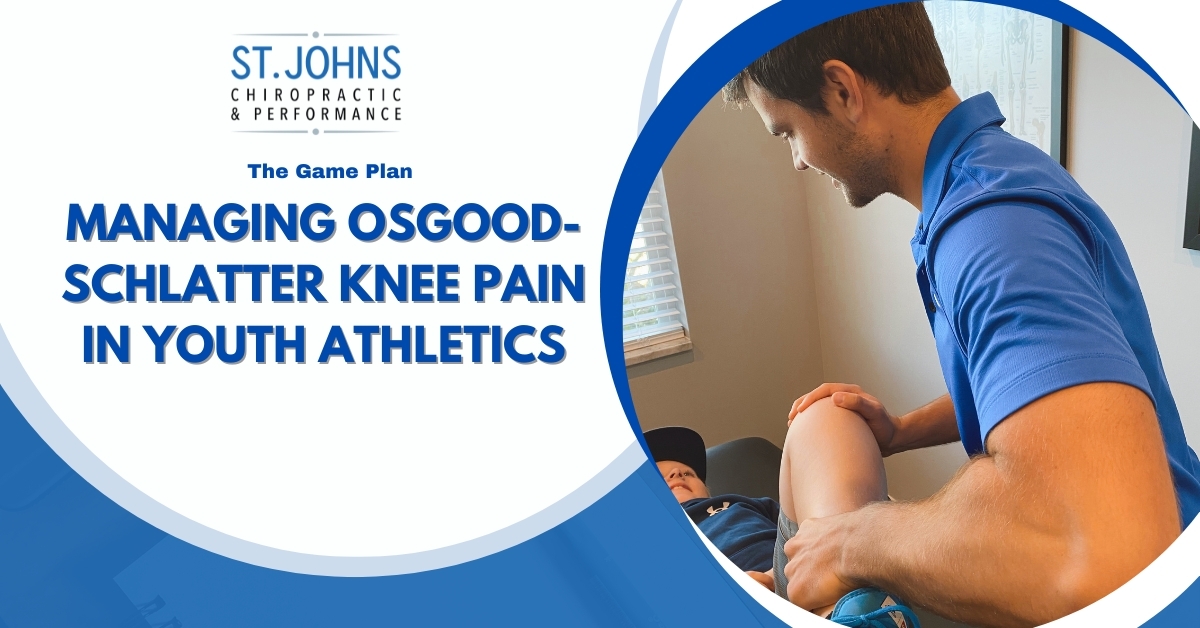Are you someone who wants to get back to your normal exercise routine, but every time you start to run your foot flares up again? Or you wake up knowing you have a full schedule of household duties and shuttling the kids around, but when time you step out of bed in the morning, you are met with a sharp pain in your foot?
These are all too common stories as about 1 in 5 people suffer from foot pain (1). Though certain populations are at a greater risk for foot pain; it can still affect anyone – high or low arches, males and females, active and sedentary individuals.
It can be extremely frustrating that some of the smallest joints and muscles in your body can be so painful and be responsible for slowing you down. This tiny area of pain could be keeping you from achieving your health and fitness goals, from running around with your kids, or from being your usual productive self at work and home.
The good news is that this pain does not have to keep limiting what you do every day! Foot pain is very treatable and does well with conservative therapies. Let’s learn a little more on foot pain and what may be causing your pain!
Plantar Fasciitis
Most foot pain is labeled “plantar fasciitis,” which is probably a term you have heard before. The actual definition of plantar fasciitis is inflammation of the plantar fascia, which is a thick, very strong band of tissue that runs from your heel to your toes along the bottom of your foot. Though more recent research shows the plantar fascia is more likely to degenerate than get inflamed (2).
Plantar fasciitis pain is most often near your heel but can occur anywhere on the bottom of your foot. Though anyone can get plantar fasciitis, those with a higher-than-normal Body Mass Index and those who have back and hip pain are a few factors that make you more likely to get plantar fasciitis (3).


Here are the pain referral patterns from 2 muscles on the bottom of your foot. They very closely mimic the foot pain seen in plantar fasciitis.
More recent thought is that the pain felt on the bottom of the foot is more likely to be coming from the surrounding musculature and not actually the plantar fascia. Therefore, when we evaluate for plantar fasciitis, we are mainly checking the nearby muscles and joints to see how well they are functioning.
What Causes Plantar Fasciitis?
First off, there is rarely one single cause for someone having foot pain or plantar fasciitis and the causes vary from person to person. The risk factors that we will highlight today have to do with structure and function of your feet. Researchers used to believe that only those with “flat feet” or lower arches were prone to getting plantar fasciitis. We now know that both low and high arches are risk factors for getting plantar fasciitis (4).
If you have lower arches or “pes planus”, your feet have good shock absorbing qualities, but you often have less support from your intrinsic foot muscles, which are located parallel to the plantar fascia on the bottom of your feet. This lack of muscular support creates excess motion which over time can create foot pain in your nearby muscles and ligaments because of the excess stretching and load put into those structures.
On the other side of the equation, if you have high arches or “pes cavus” then you may have decent musculature control around your feet; however, the stiff joints in your feet lack the motion needed to absorb force. This causes your feet to hit the ground harder and over time and create pain.
In addition to the height of your arches, elevated tension in the muscles above your feet play a huge role in plantar fasciitis. Having tight calf muscles is another risk factor because they attach to the muscles on the bottom of your feet near your heel. Therefore, if your calves (and even hamstrings) are tight, it pulls on these muscles and creates excess tension.
These are just a few of the reasons you could be having foot pain, but thankfully, this does not mean you are stuck with foot pain! Come see us today and we will figure out the cause of your foot pain and what you can do about it!
Check out our other articles and social media posts on how we evaluate and treat plantar fasciitis!




